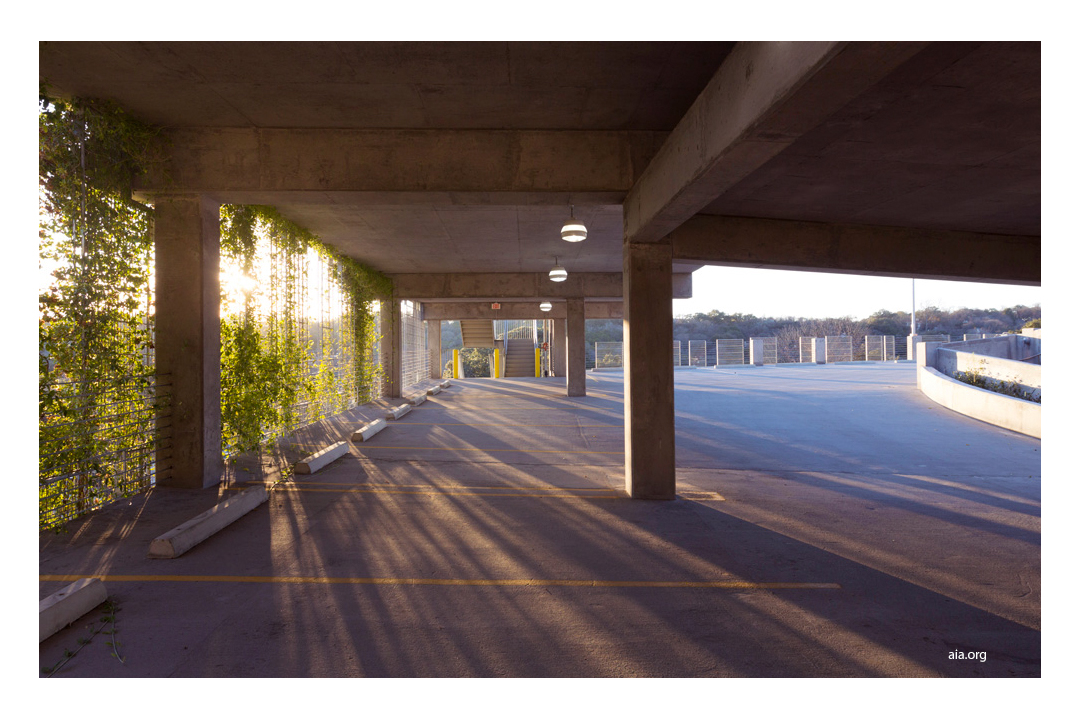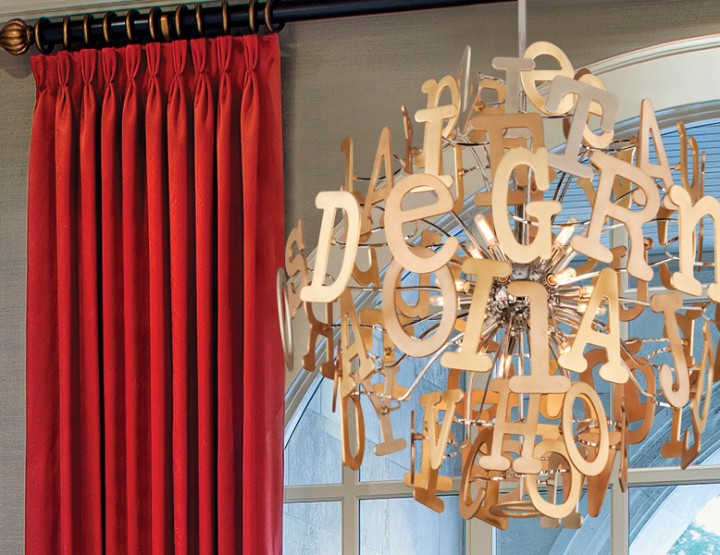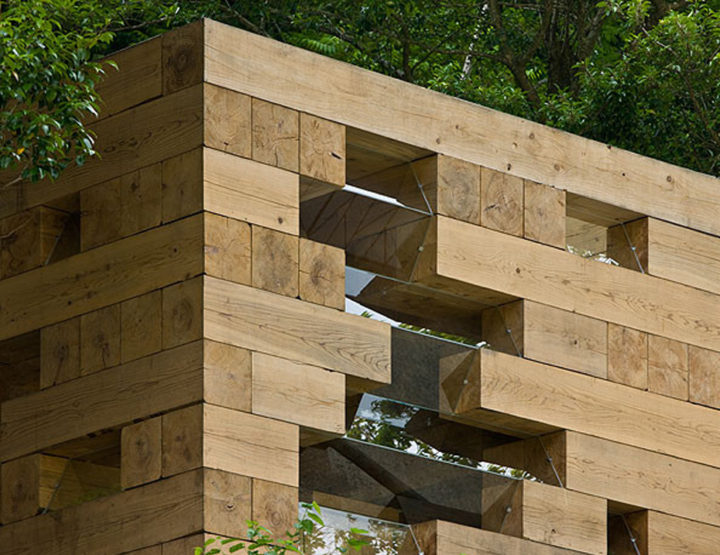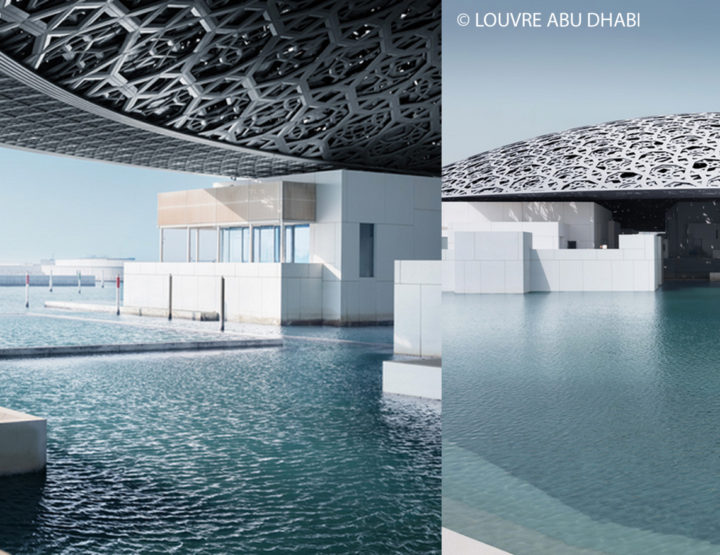Your surroundings are a given, right?
According to Elizabeth Danze, FAIA, and Stephen Sonnenberg, M.D, two professors at the University of Texas at Austin, “Buildings are inert objects, but our experience of them transcends the physical realm and extends into our deepest consciousness.” When put in that context, you might just re-think the implicit effect that surrounding environments have on your psyche. Maybe your suburban brick laden home, with a Spanish style roof and high ceilings, actually represents a lot more about you than you think.
Beginning in 2005, Danze and Sonnenberg formed an academic team in an effort to examine the connection between what they call “Space & Psyche,” a title which also bears the name of a book they co-edited, published in 2013 by UT Austin’s Center for American Architecture and Design.
Whether encouraged by Danze and Sonnenberg or not, this motif does appear to be catching on in a tangible way.

In a recent article, editorial design icon Metropolis magazine highlighted a Japanese hostel that was designed to literally replicate a library, intended to be “less about sleep itself and more about how to induce sleep.” What drives your feelings and emotions in a particular environment isn’t always immediate visual stimuli itself but what that stimuli reminds you of in your past. Dimly lit and perfectly snug, guests are essentially staying in a much more homey version of their favorite library back home. The setting of having bookcases around a bed might remind you of your childhood bedroom, and the books, which of course are well documented inducers of sleep, will most assuredly help you nod off.

In addition to creating a customer experience, such as one in a hostel or in the hospitality industry, building to create an experience can also leak over into the professional and philanthropic sectors – building success, literally.
More modern and innovative workplaces have begun to cater to millennial needs as they strive to build a company culture that inspires creativity and inspiration. And take “build” in its most literal sense. The architectural makeup of the building, both in the interior and exterior, can contribute in a surprisingly significant way to the success of a company. Capitalist culture demands long hours, so expect to be spending as much time at the office as you might at home, if not more. Understanding the psychological effects of variables like the angle of light coming into the office or the length of walls, height of ceilings and material used in the building of the space, very well could affect the overall culture of this said business.

In a more exterior building example, Elizabeth Danze, co-founder of Danze Blood Architects and the aforementioned partner of “Space & Psyche” took her findings to create a parking structure for Austin local business T3, an advertising and integrated marketing firm. “The garage is designed so that the users have a pleasurable and enriching experience as they arrive and leave the garage every day on their way to and from work,” Danze says. “Unlike most parking garages — anonymous, utilitarian structures that are frequently dark and unpleasant places to be — the hope here is that the regular routine of arriving at work is both visually and spatially engaging and inspiring. The open structure lets in ample light, which is filtered through plantings, casting dappled light patterns through the space. The multi-floor parking is configured in a continuous helical ramp — the simple act of arrival evokes a positive and literally elevating phenomenological experience as the sense of movement is heightened.”

These are just a few of many recent examples in how the art of building and architecture has crossed paths with psychology, largely in an effort to improve the world that we live in.






